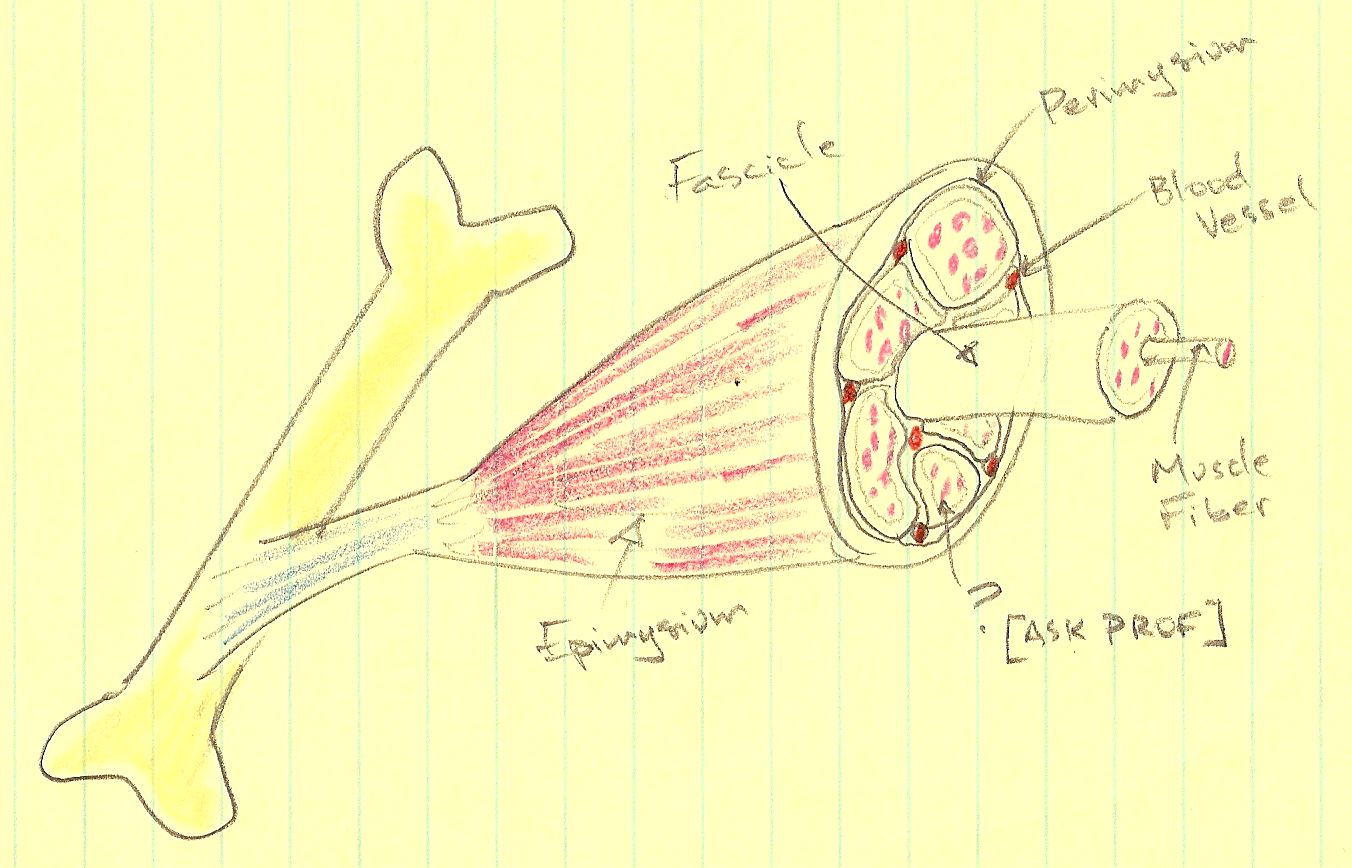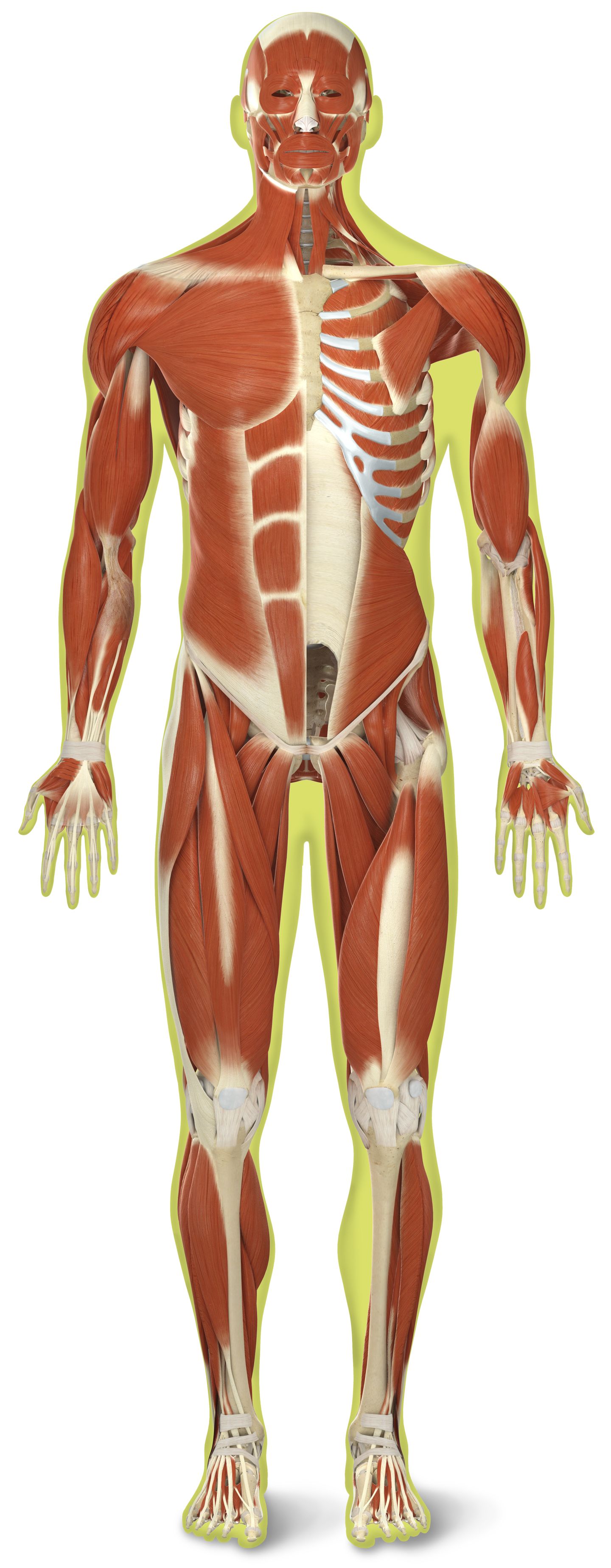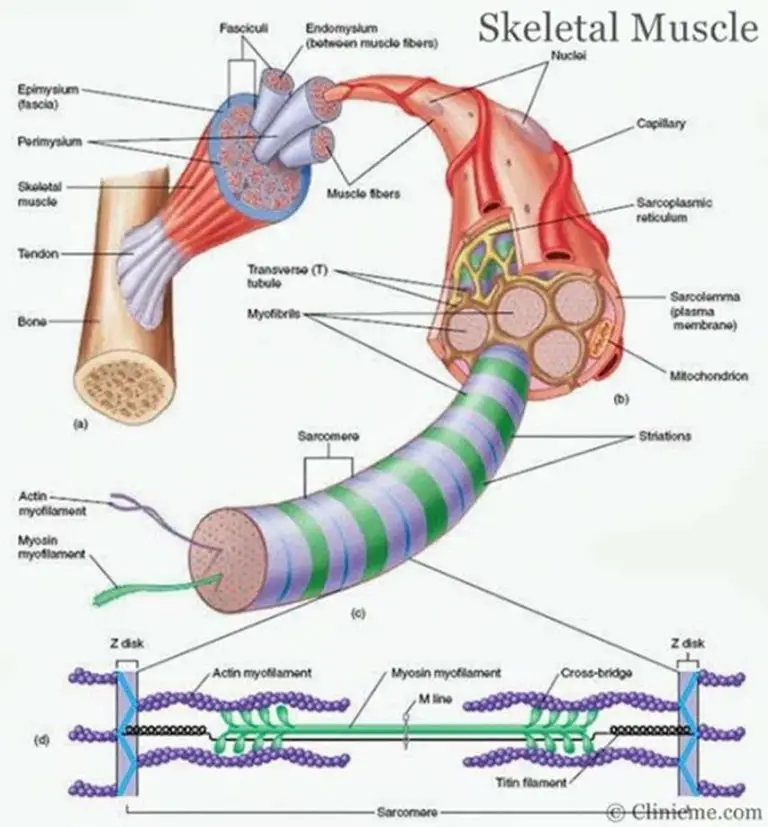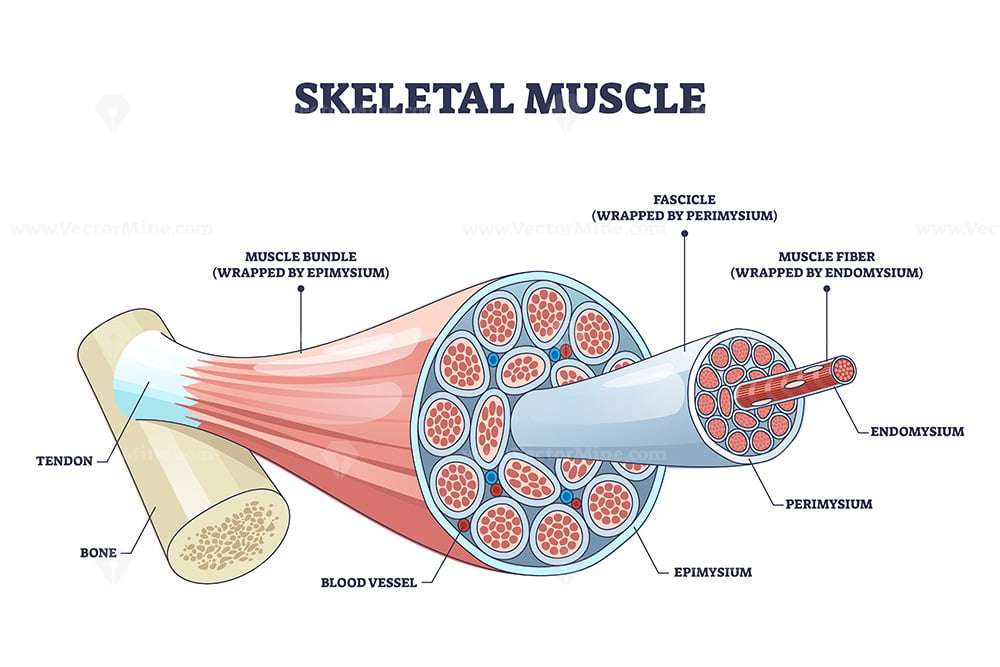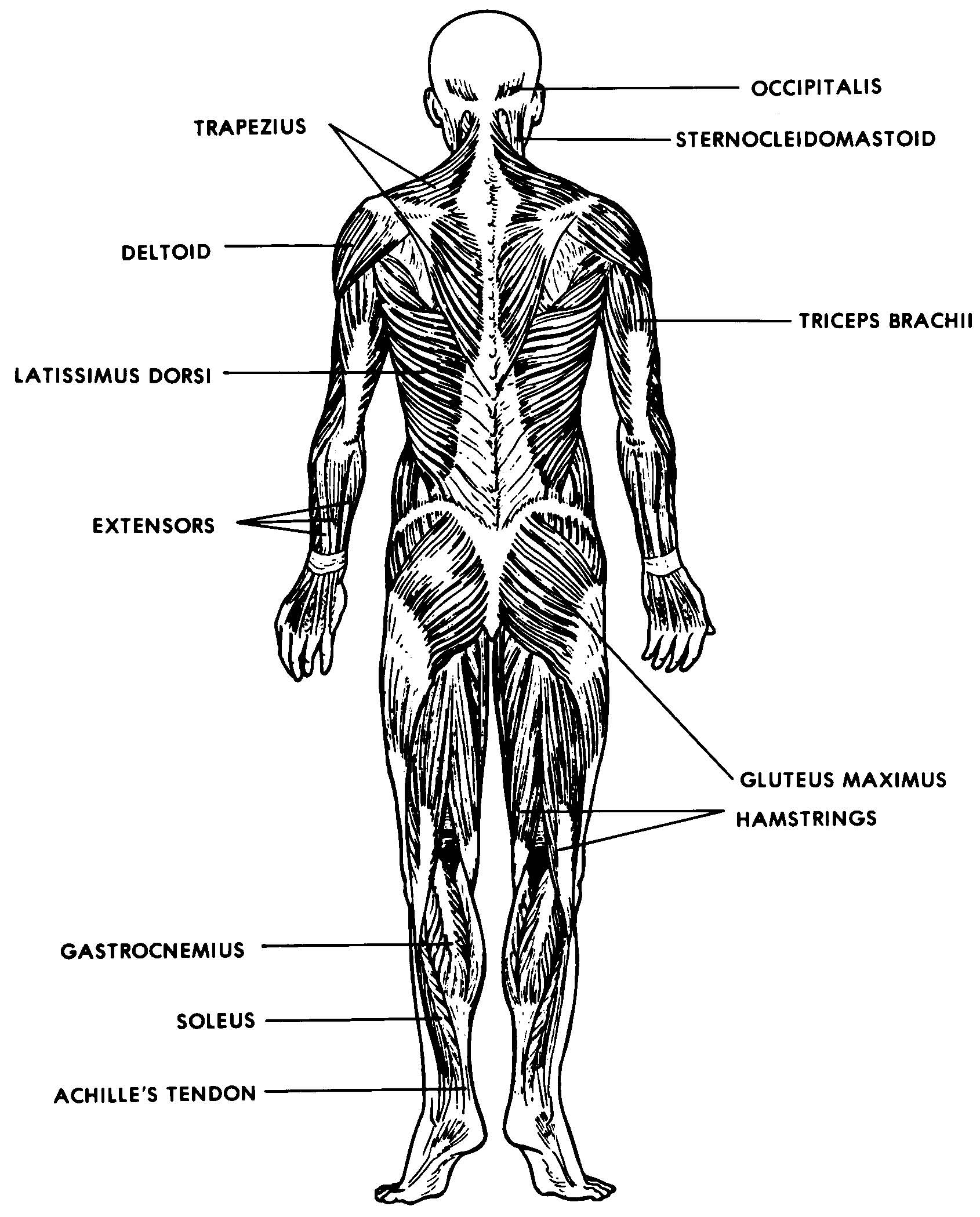Drawing Of Skeletal Muscle
Drawing Of Skeletal Muscle - It consists of long multinucleate fibers. Identify areas of the skeletal muscle. The skeleton, however, is much more reliable. Blood vessels and nerves enter the connective tissue and branch in the cell. These layers cover muscle subunits, individual muscle cells, and myofibrils respectively. Bones are the foundation of the body. The bones of the skeletal system serve to protect the body's organs, support the weight of the body, and give the body shape. Muscle and fat, in contrast, can vary wildly from person to person and even throughout a lifetime. Here are some key points to keep in mind: Muscles work on a macro level, starting with tendons that attach muscles to bones. Mastering the human skeleton will mean you get figure drawing right every time. Skeletal muscles, attached to bones and tendons, help us move voluntarily and quickly. Understanding the anatomy of muscles is essential for realistic depictions. Web this article is concerned with the skeletal muscles of the human body, with emphasis on muscle movements and the changes that have occurred in human skeletal musculature as a result of the long evolutionary process that involved the assumption of upright posture. Blood vessels and nerves enter the connective tissue and branch in the cell. Skeletal muscles act not only to produce movement but also to stop movement, such as resisting gravity to maintain posture. Every physical action that a person consciously performs (e.g. Web our bodies are equipped with three types of muscles: Bones are the foundation of the body. Skeletal muscle fibers are organized into groups called fascicles. We’ve created muscle anatomy charts for every muscle containing region of the body: Web anatomy of a skeletal muscle cell. It attaches to bones and the orbits through tendons. Bones are the foundation of the body. Web different type of muscle cells have different unique characteristics. Web our bodies are equipped with three types of muscles: Describe the layers of connective tissues packaging skeletal muscle. For example, the skeletal muscle is the only type of muscle cell that is always multinucleated (for more info see the latter half of sal's video). Understanding the anatomy of muscles is essential for realistic depictions. Web skeletal muscle is an. Every physical action that a person consciously performs (e.g. Explain how muscles work with tendons to move the body. Muscles work on a macro level, starting with tendons that attach muscles to bones. Speaking, walking, or writing) requires skeletal muscle. Describe the layers of connective tissues packaging skeletal muscle. It is the pen diagram of skeletal, smooth and cardiac muscle for class 10, 11 and 12. Every physical action that a person consciously performs (e.g. Web skeletal muscles contain connective tissue, blood vessels, and nerves. For example, the skeletal muscle is the only type of muscle cell that is always multinucleated (for more info see the latter half of. By the end of this section, you will be able to: Web knowing these skeletal basics is essential before delving into muscles. Skeletal muscles act not only to produce movement but also to stop movement, such as resisting gravity to maintain posture. Web these tissues include the skeletal muscle fibers, blood vessels, nerve fibers, and connective tissue. Skeletal muscle fibers. Explain how muscles work with tendons to move the body. These layers cover muscle subunits, individual muscle cells, and myofibrils respectively. Speaking, walking, or writing) requires skeletal muscle. There are more than 600 skeletal muscles, and they makes up about 40 percent of a person’s body weight. Describe the layers of connective tissues packaging skeletal muscle. Web in this video i have shown the simplest way of drawing muscle drawing. Describe the layers of connective tissues packaging skeletal muscle. A comprehensive guide to drawing realistic muscles. Each skeletal muscle has three layers of connective tissue that enclose it and provide structure to the muscle as a whole, and also compartmentalize the muscle fibers within the muscle.. Understanding the anatomy of muscles is essential for realistic depictions. Every physical action that a person consciously performs (e.g. Each skeletal muscle has three layers of connective tissue that enclose it and provide structure to the muscle as a whole, and also compartmentalize the muscle fibers within the muscle. Web this article is concerned with the skeletal muscles of the. Bones are the foundation of the body. Blood vessels and nerves enter the connective tissue and branch in the cell. Web practice drawing different muscle groups, including the biceps, triceps, abs, and quads. Web knowing these skeletal basics is essential before delving into muscles. There are three types of muscles: Here are some key points to keep in mind: Web skeletal muscles are voluntary and striated in nature. Skeletal muscles act not only to produce movement but also to stop movement, such as resisting gravity to maintain posture. Each chart groups the muscles of that region into its component groups, making your revision a million times easier. Web identify and. There are three layers of connective tissue: For example, the skeletal muscle is the only type of muscle cell that is always multinucleated (for more info see the latter half of sal's video). Web in the musculoskeletal system, the muscular and skeletal systems work together to support and move the body. A comprehensive guide to drawing realistic muscles. Web a complete list of muscles. It attaches to bones and the orbits through tendons. The skeleton, however, is much more reliable. Mastering the human skeleton will mean you get figure drawing right every time. Understanding the anatomy of muscles is essential for realistic depictions. Web identify and describe the microscopic anatomy of a muscle fiber and a sarcomere. Muscle and fat, in contrast, can vary wildly from person to person and even throughout a lifetime. Cardiac muscles, found only in the heart, work involuntarily and at a moderate speed to keep our heart beating. Speaking, walking, or writing) requires skeletal muscle. Web this article is concerned with the skeletal muscles of the human body, with emphasis on muscle movements and the changes that have occurred in human skeletal musculature as a result of the long evolutionary process that involved the assumption of upright posture. Each skeletal muscle has three layers of connective tissue that enclose it and provide structure to the muscle as a whole, and also compartmentalize the muscle fibers within the muscle. Web skeletal muscle is an excitable, contractile tissue responsible for maintaining posture and moving the orbits, together with the appendicular and axial skeletons.Skeletal Muscle Cell Structure
Muscle Tissue Drawing at GetDrawings Free download
Skeletal Muscle Drawing at Explore collection of
Skeletal muscle description with cross section structure outline
How To Draw Skeletal, Smooth and Cardiac Muscle Diagram Types Of
Skeletal Muscles Skeletal Muscle Definition DK Find Out
Skeletal muscle diagram
Skeletal muscle structure with anatomical inner layers outline diagram
(A) Illustration of skeletal muscle structure copied with permission
Images 05. Muscular System Basic Human Anatomy
Web Our Bodies Are Equipped With Three Types Of Muscles:
Web Skeletal Muscles Are Voluntary And Striated In Nature.
Skeletal Muscles Act Not Only To Produce Movement But Also To Stop Movement, Such As Resisting Gravity To Maintain Posture.
The Bones Of The Skeletal System Serve To Protect The Body's Organs, Support The Weight Of The Body, And Give The Body Shape.
Related Post:


